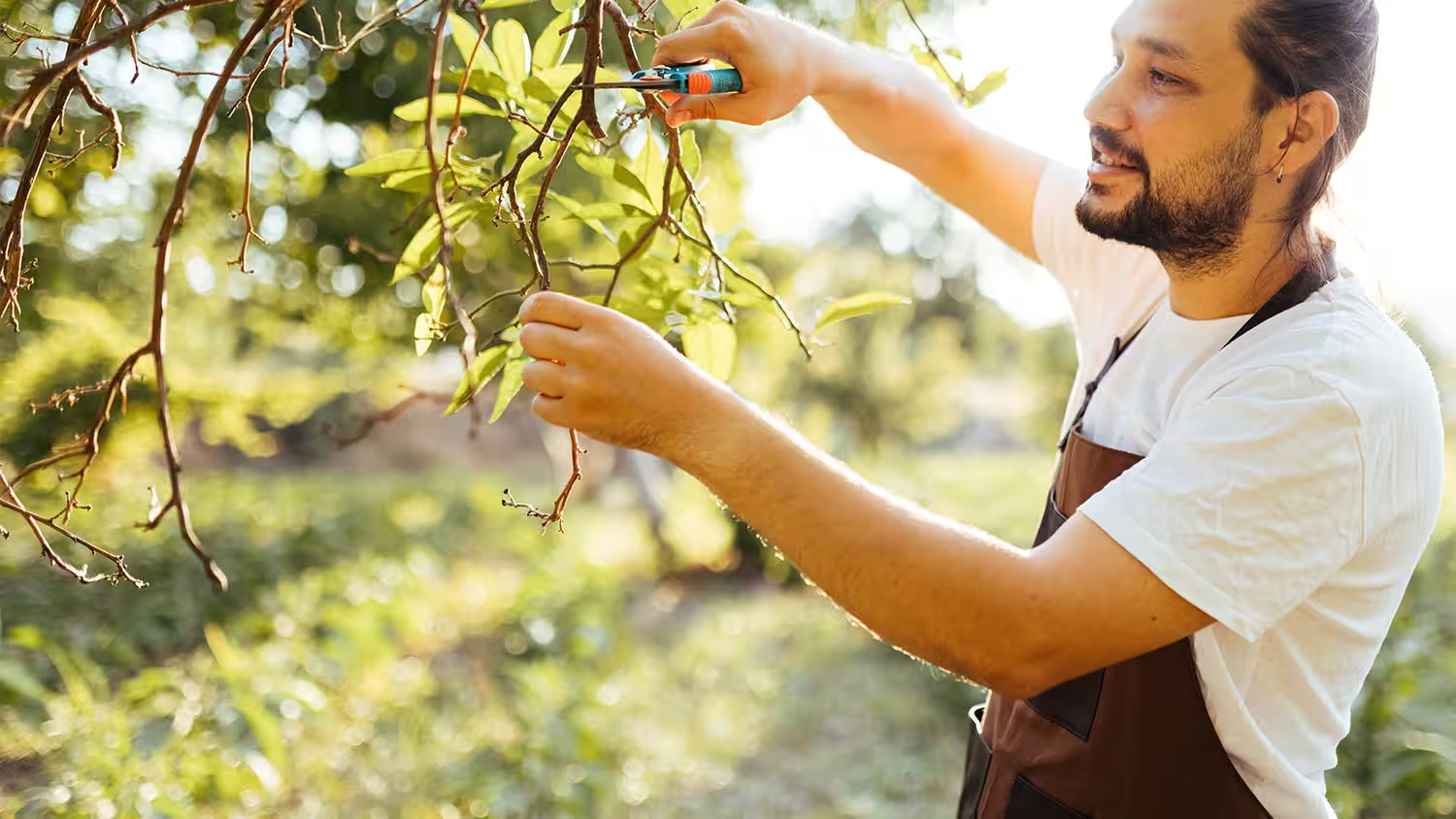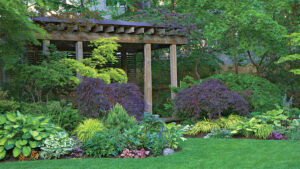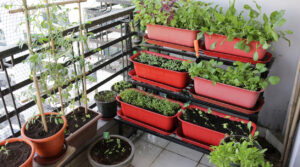Commercial Tree Trimming & Pruning: A Comprehensive Guide for the US Market
Maintaining healthy and aesthetically pleasing trees on commercial properties is essential for businesses aiming to create a welcoming environment. Whether it’s a shopping center, office park, or industrial complex, the presence of well-groomed trees can enhance curb appeal, improve air quality, and provide shade. However, proper tree care goes beyond just aesthetics—regular trimming and pruning are crucial for tree health, safety, and property value.
This guide offers a deep dive into commercial tree trimming and pruning, exploring costs, best practices, timing, and how to select the right professionals to get the job done.
Overview of Commercial Tree Trimming & Pruning
Commercial tree trimming and pruning refer to the process of removing specific branches and limbs to maintain the tree’s structure, health, and appearance. This practice not only enhances a tree’s aesthetic appeal but also ensures the safety of people and property around it. Untrimmed trees can become overgrown, blocking signs, encroaching on buildings, or potentially falling during storms, posing significant risks.
Tree trimming generally focuses on removing dead, damaged, or overgrown branches that can affect the appearance of the tree or lead to accidents. Tree pruning, on the other hand, is a more strategic method, focusing on promoting healthy growth, removing diseased or infested limbs, and shaping the tree for better long-term health.
Key Benefits of Tree Trimming and Pruning:
- Safety: Prevents branches from falling and causing accidents.
- Health: Removes diseased or dead branches, promoting healthier growth.
- Aesthetics: Keeps the tree looking well-maintained and attractive.
- Sunlight and Airflow: Improves the tree’s exposure to sunlight and airflow, which are crucial for photosynthesis.
- Pest Control: Reduces infestations by removing dead or infected parts.
Tree Pruning Cost
The cost of commercial tree pruning can vary significantly based on factors such as the size of the tree, its location, and the type of pruning required. Below is a general cost guide for commercial tree pruning in the U.S.
| Tree Size | Average Cost per Tree |
|---|---|
| Small (up to 30 feet) | $250 – $500 |
| Medium (30 to 60 feet) | $500 – $1,200 |
| Large (60 to 100 feet) | $1,200 – $2,500 |
| Extra Large (over 100 feet) | $2,500+ |
Additional costs may include:
- Debris Removal: $50 – $200 per hour
- Emergency Services: 1.5x to 2x the regular rates
- Cabling and Bracing: $200 – $1,000 per tree (for added structural support)
Best Time for Commercial Tree Trimming
The best time to trim or prune trees varies depending on the type of tree and its location. In general, the following guidelines apply:
- Winter (Late Fall to Early Spring): This is the most common time for pruning as trees are dormant, reducing the risk of disease transmission, and promoting strong regrowth in spring. Additionally, branches are easier to see and remove without leaves.
- Late Spring/Summer: Trees can be pruned lightly during their growing season, but heavy pruning should be avoided as it can stress the tree. For trees susceptible to pests, summer pruning might be better to prevent infestation.
- After Storm Damage: Immediate trimming may be necessary to remove broken branches or to prevent further damage.
For commercial properties, it’s ideal to conduct routine inspections to identify any potential hazards or structural issues that may require trimming outside of the usual seasonal windows.
How to Select Certified Arborists & an Accredited Company
Hiring the right professionals for commercial tree trimming and pruning is crucial for the health of your trees and the safety of your property. Here’s how to choose a reputable arborist or tree service company:
- Check for Certification: Look for arborists certified by the International Society of Arboriculture (ISA). ISA Certified Arborists have met the necessary education and experience requirements and passed a comprehensive exam on tree care.
- Accreditation: Choose companies accredited by the Tree Care Industry Association (TCIA). TCIA accreditation means the company follows industry standards for safety, tree care practices, and professionalism.
- Insurance: Ensure the company has liability insurance and workers’ compensation coverage. This protects you from any accidents or damages that occur during the trimming or pruning process.
- Reviews and References: Read reviews from previous clients or ask the company for references to ensure they have a good track record with commercial tree services.
- Written Estimates: Obtain detailed estimates in writing that outline the scope of work, costs, and timelines to avoid any misunderstandings later.
Equipment for Commercial Tree Trimming & Pruning
Proper equipment is essential for safe and effective tree trimming and pruning, especially in commercial settings where trees are often larger and the work environment can be more complex.
- Pruning Shears: These are used for cutting small branches and twigs, typically up to ¾ inch thick.
- Loppers: Larger cutting tools designed for thicker branches (up to 2 inches in diameter).
- Pole Pruners: These extendable tools are used to reach higher branches, eliminating the need for a ladder.
- Chainsaws: Essential for removing larger limbs and sections of the tree. Chainsaws can range from small, lightweight versions for minor trimming to large, gas-powered models for heavy-duty work.
- Bucket Trucks: For commercial properties with tall trees, bucket trucks provide a safe way to reach high branches without the risk associated with climbing.
- Climbing Gear: Harnesses, ropes, and helmets are used by certified arborists to safely ascend trees when a bucket truck isn’t feasible.
- Wood Chippers: These machines reduce the size of branches and limbs, making them easier to transport and dispose of.
- Cabling and Bracing Systems: For trees that require additional structural support, cabling and bracing systems are used to stabilize weak or split branches.
Safety Considerations in Commercial Tree Trimming & Pruning
Tree trimming and pruning can be dangerous, especially in commercial environments with high traffic or nearby infrastructure. Proper safety protocols should always be in place, including:
- Use of Personal Protective Equipment (PPE): Certified arborists should wear helmets, gloves, eye protection, and sturdy boots.
- Securing the Area: Commercial properties should be cordoned off during trimming and pruning to protect pedestrians and vehicles from falling debris.
- Adherence to OSHA Standards: Companies should follow Occupational Safety and Health Administration (OSHA) guidelines for tree care operations, including proper equipment use and fall protection.
Commercial tree trimming and pruning are essential for maintaining the health, safety, and appearance of trees in business environments. Understanding the costs, timing, and equipment involved can help property owners make informed decisions. Selecting certified professionals with the right credentials ensures that your trees receive the highest standard of care. Regular trimming and pruning not only improve the visual appeal of your property but also prevent potential hazards, saving you money and enhancing the longevity of your trees.
By following best practices and working with experts, your commercial landscape can continue to thrive for years to come.






